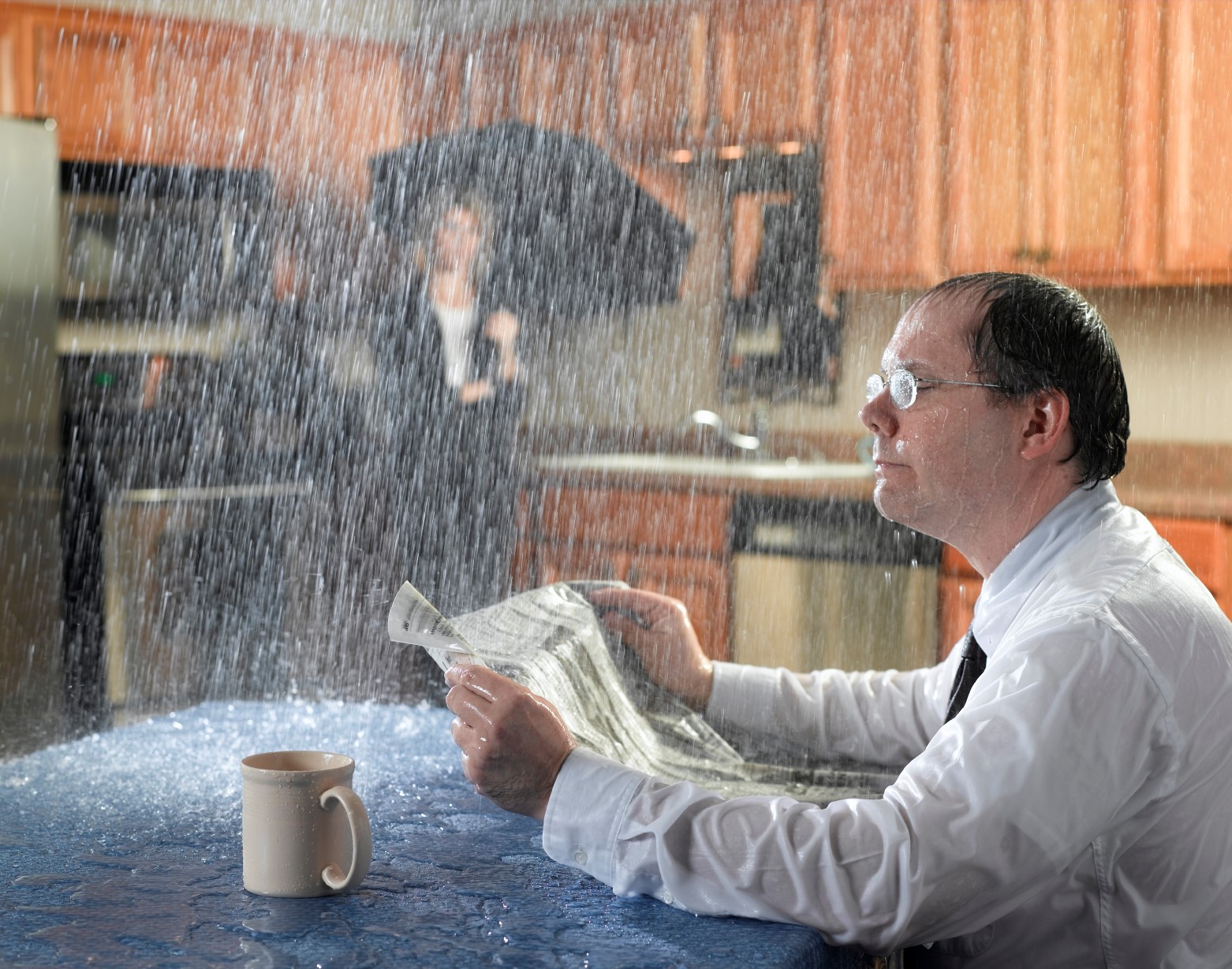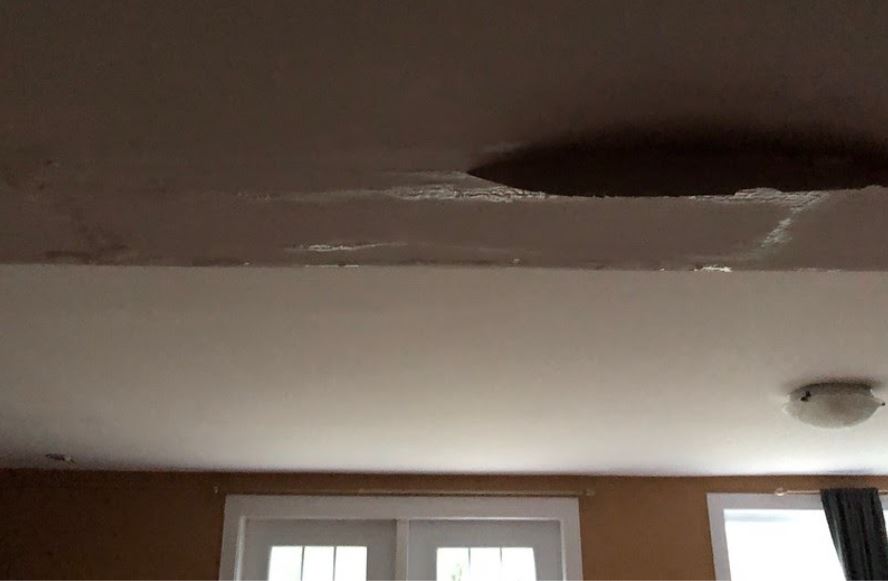Identify Major Factors for Leak Issues Inside Your House
Identify Major Factors for Leak Issues Inside Your House
Blog Article
Everyone is bound to have their unique way of thinking on the subject of Common Water Leaks In House.

Leakages not only trigger waste of water but can also trigger unneeded damage to your residence and promote unwanted organic development. Unfortunately, water leaks may go undetected given that most of the pipework in our home is concealed. By understanding and looking for day-to-day situations that create leakages, you can shield your home from future leaks and also unneeded damages. Today, we will check out six leak triggers that may be creating your pipes to drip.
Encroaching roots
The majority of water leakages begin outside the home rather than inside it. You might notice damp patches or sinkholes in your yard, as well as that could indicate that tree roots are attacking water lines causing water to permeate out.
Rusty water supply
This may be the cause of discoloration or bending on your water pipes. If our plumbing system is old, take into consideration replacing the pipes since they are at a greater risk of corrosion than the newer designs.
Faulty Pipeline Joints
The factor at which your pipelines link is regularly the weakest link in the waterline. Pipeline joints can degrade gradually, causing water leakages. Regrettably, the majority of pipe joints are not easily visible. If you have noisy pipes that make ticking or banging sounds, specifically when the hot water is switched on, your pipe joints are probably under a lot of pressure. It is suggested to have your plumber evaluate your system annually.
Immediate temperature level modifications.
Extreme temperature level changes in our pipes can trigger them to expand and acquire all of a sudden. This expansion as well as tightening might create cracks in the pipes, specifically if the temperature are below freezing. It would be best if you watched on how your plumbing functions. The presence of the previously stated scenarios frequently suggests a high danger.
Poor Water Connectors
Sometimes, a leak can be brought on by loosened hose pipes and also pipes that supply your devices. More often than not, moving is what creates the loosened water Connections. You could find when it comes to a cleaning machine, a tube may spring a leakage as a result of trembling during the spin cycle. In case of a water connections leakage, you might discover water running directly from the supply line or puddles around your appliances.
Clogged Drains
Obstructed drains pipes might be irritating and inconveniencing, but they can in some cases wind up triggering an overflow resulting in break pipelines. Keep eliminating any type of materials that might go down your drains pipes that can clog them to stay clear of such troubles.
All the above are causes of leaks yet not all water leaks arise from plumbing leaks; some leakages may originate from roof leaks. All leaks should be fixed promptly to avoid water damages.
Leaks not just create waste of water yet can also cause unneeded damages to your residence and also advertise unwanted natural development. By understanding and looking for day-to-day scenarios that trigger leakages, you can secure your house from future leaks and unneeded damage. Today, we will look at 6 leakage causes that may be creating your pipelines to leak.
At times, a leakage can be caused by loose hoses and pipelines that provide your appliances. In case of a water links leakage, you may see water running straight from the supply line or pools around your devices.
How To Check For Water Leak In Your Home
How To Check for Leaks
The average household's leaks can account for nearly 10,000 gallons of water wasted every year and ten percent of homes have leaks that waste 90 gallons or more per day. Common types of leaks found in the home are worn toilet flappers, dripping faucets, and other leaking valves. These types of leaks are often easy to fix, requiring only a few tools and hardware that can pay for themselves in water savings. Fixing easily corrected household water leaks can save homeowners about 10 percent on their water bills.
To check for leaks in your home, you first need to determine whether you're wasting water and then identify the source of the leak. Here are some tips for finding leaks:
Take a look at your water usage during a colder month, such as January or February. If a family of four exceeds 12,000 gallons per month, there are serious leaks.
Check your water meter before and after a two-hour period when no water is being used. If the meter changes at all, you probably have a leak.
Identify toilet leaks by placing a drop of food coloring in the toilet tank. If any color shows up in the bowl after 10 minutes, you have a leak. (Be sure to flush immediately after the experiment to avoid staining the tank.)
Examine faucet gaskets and pipe fittings for any water on the outside of the pipe to check for surface leaks.
Undetected water leaks can happen without the home or business owner even realizing. If you suspect a water leak, but not able to find the source. It is time to contact a professional water leak detection service, The Leak Doctor.
How To Find a Water Leak In Your Home
https://www.leakdoctor.com/blog/How-To-Check-For-Water-Leak-In-Your-Home_AE197.html

I'm very fascinated by Common Water Leaks In House and I'm hoping you appreciated the blog post. If you appreciated our blog posting if you please remember to share it. I praise you for your time. Please check our blog back soon.
Fast solution? Ring! Report this page